Look Inside Institut auf dem Rosenberg, an elite boarding school in Switzerland that costs $165,000 per year
Erin McDowell

- Institut auf dem Rosenberg is a private, family-run, international boarding school in Switzerland.
- Rosenberg's dorms have cherry hardwood floors and en-suite marble bathrooms.
Institut auf dem Rosenberg in Switzerland is known as one of the most prestigious — and expensive — boarding schools in the world.
The school is world-renowned for its facilities, campus, and embracing new technologies like ChatGPT, a functional space habitat, and climate-controlled garden to help students learn.
Here's a look inside Institut auf dem Rosenberg.
Institut auf dem Rosenberg is a private, family-run, international boarding school located in St. Gallen, Switzerland, the German-speaking part of Switzerland.
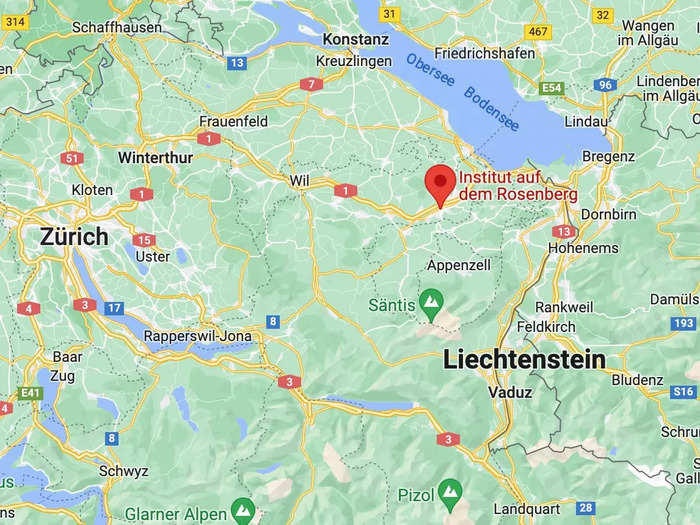
The school was founded by Elrich Schmidt in 1889 and was known as Institut Dr Schmidt until the 1930s, when the death of its founder and other challenges led the school to be renamed, its website reported.
The area surrounding Rosenberg offers stunning views of the Alps as well as all the convenience of city life.
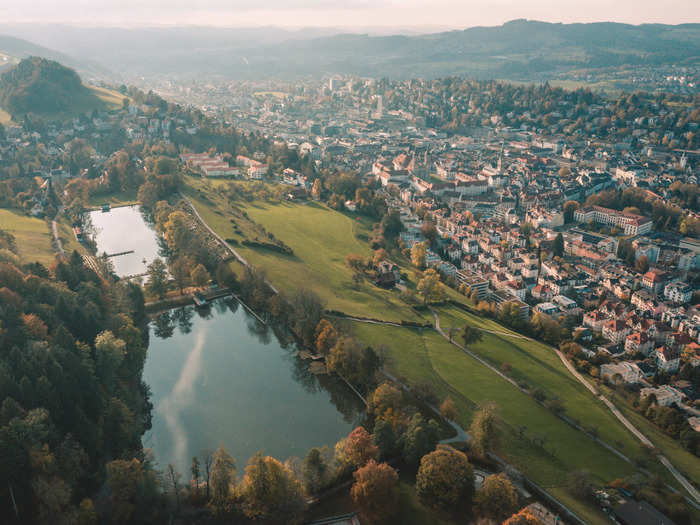
According to the school's website, Rosenberg is located between Lake Constance and Alpstein in the Swiss Alps. Students have the opportunity to explore the surrounding area, partake in sporting events, and soak up all that the city of St. Gallen, which is home to 75,481 residents, has to offer.
"Clean air, temperate climate and healthy natural conditions are ideal for studying and comprehensive development of the students," the school says on its website.
The school was founded in 1889 and educates students from pre-school to high-school.
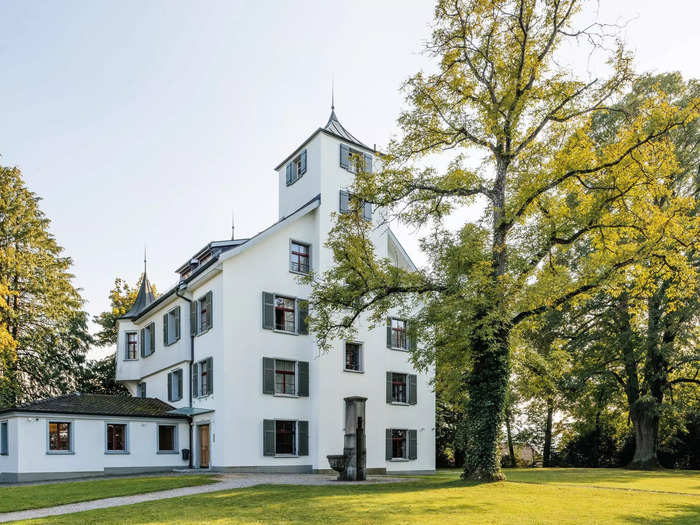
The school is now owned and managed by the Gademann family, with fourth-generation Bernhard Gademann serving as the current headmaster and director of Rosenberg.
Elite Traveler reported that Gademann, who attended the school himself and went on to attend university in the UK before moving to New York, where he worked in the finance and technology space, took on the position after his father, the previous headmaster, passed away in 2009.
The school, which says it is "possibly" the most expensive school in the world, costs $165,000 per year to attend.

"We work hard to be the best boarding school in Switzerland and the world, rather than the most expensive one," the school states on its official website in response to a frequently asked question about whether Rosenberg is the most expensive school in the world.
"Our award winning care, school facilities, enrichment offering and the unmatched choice of academic options are very costly to maintain but we have a deep commitment to provide the very best education for all the students in our care," it continues.
The school also mentions that it receives no government subsidies and does not accept donations, and therefore only has a very limited number of scholarship opportunities.
Institut auf dem Rosenberg students hail from 50 different nationalities from all over the world.

Rosenberg's strict student-privacy rules mean that the school can neither confirm nor deny the names of past alumni. However, the offspring of oligarchs and German billionaires are believed to have attended Rosenberg, per previous reporting by Insider.
Rosenberg's on-campus housing is made up of "art-nouveau-period villas," per the school's website.
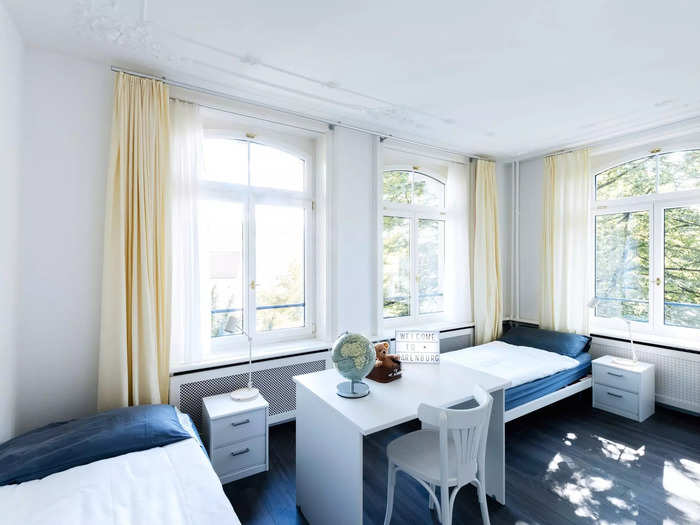
According to the school's website, the campus sits on 24 acres of private parkland and "carefully manicured gardens" surrounded by century-old nut trees.
Located in the heart of campus is Rosemberg's golf training ground, which features a professional multi-hole putting green, hitting-mats, and obstacles including a sand bunker, according to the school.
Rosenberg's residences have cherry hardwood floors and en-suite marble bathrooms.
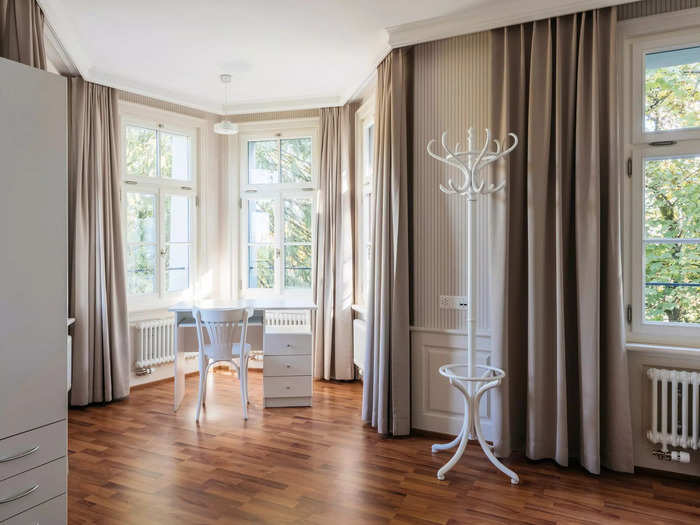
The school's website states that female and male students live separately with other students in the same age group. They also participate in on-campus activities and weekend trips.
Rosenberg also says that "unlike at many other boarding schools in Switzerland," students are allowed to change boarding houses during their time at Rosenberg.
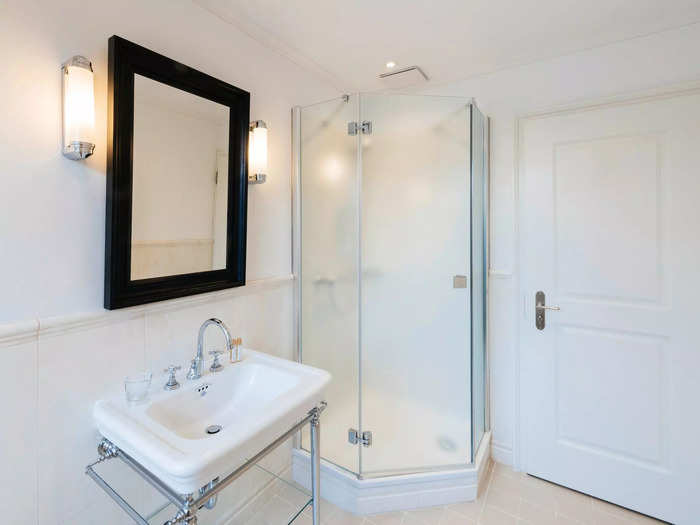
This policy allows students to change their living arrangements in order to live with friends.
The Rosenberg Health & Fitness Club features state-of-the-art training equipment.
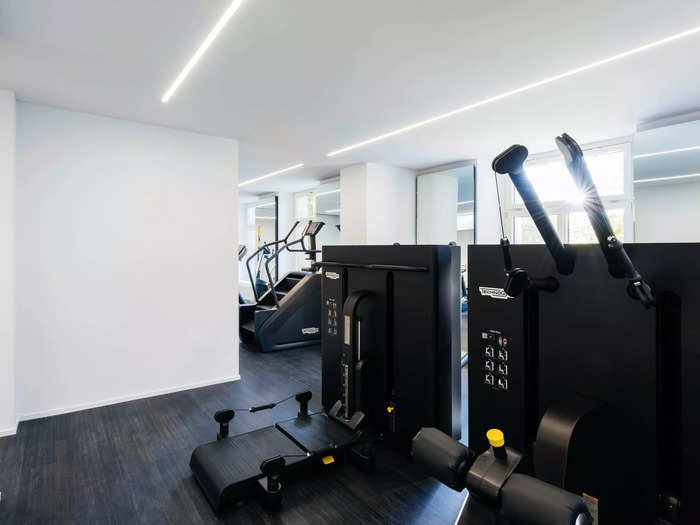
According to the school, the gym has equipment from TechnoGym and SensoPro. The school also provides professional guidance on health, fitness, and nutrition courtesy of the school's "team of expert trainers."
The school also has a dedicated multi-media center.
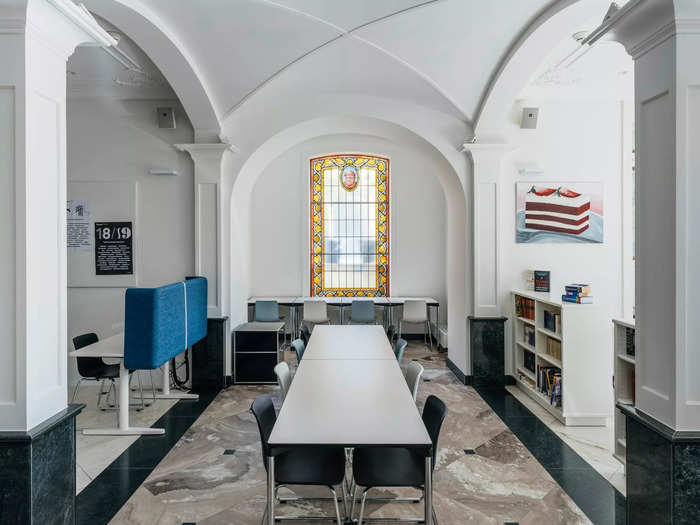
The center features "purpose-built workspaces" for research and self-study, and allows students to access physical books as well as thousands of e-books and online publications, including university-grade academic journals and primary sources through JSTOR, Rosenberg's website reads.
The science center is named after Nobel Prize winner and Rosenberg alumnus Mario J. Molina.

The science center features a professional laboratory and is "well equipped beyond regular school standards," the school says.
Molina, who was born and raised in Mexico City, attended Rosenberg starting when he was 11 years old because "German was an important language for a prospective chemist to learn," he told the Nobel Foundation, and that a European education would help further his career as a scientist.
He went on to receive the 1995 Nobel Peace Prize in chemistry for his research concerning the decomposition of the ozonosphere, which protects Earth from the harmful effects of solar radiation, according to the Academy of Achievement.
The elite school has a commitment to providing high-quality food to its students.

The school says its dining staff doesn't use any artificial colors, artificial taste intensifiers, or thickening agents such as wheat flour, wherever possible, in its dishes.
"Ingredients are sourced locally as well as seasonally and the production of a vast majority of the dishes is truly fresh, including bases for soups and sauces, so that processed food is reduced to an absolute minimum," the website states.
Perhaps the most unique facility on Rosenberg's campus is the school's SAGA Space Habitat and Future Park.
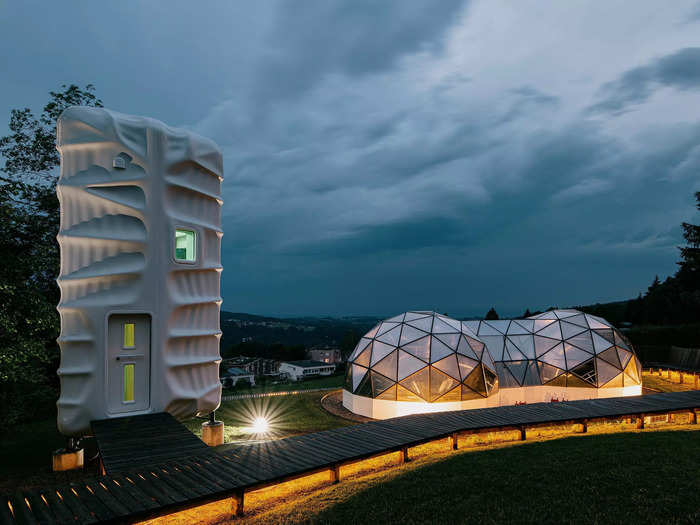
According to a press release, Rosenberg students collaborated with SAGA Space Architects in July 2022 to create a lifesize, 3D-printed "space habitat" that allows students to simulate extraterrestrial environments and living on earth.
Institut auf dem Rosenberg is also home to the Climate Garden, designed in collaboration with the Department of Environmental Science at ETH Zurich, which features temperature-controlled igloos that are meant to mimic the predicted weather conditions of 2085.
The space habitat is the tallest 3D-printed structure in the world.
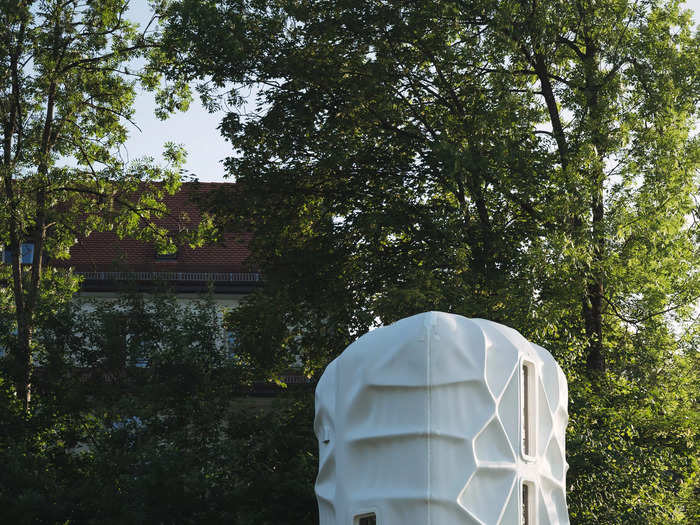
The structure was designed, constructed, and installed in a total of nine months, according to SAGA Space Architects.
The habitat has two sleeping cabins on the top floor, a living quarters with two desks, and a workshop.
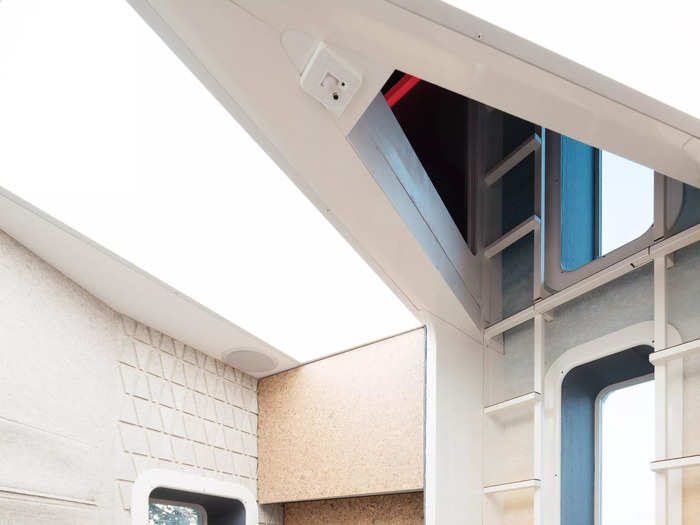
The workshop even includes a charging station for the Spot robot dog. According to the school in a press release, Rosenberg was the first and only school in Switzerland to own one.
Popular Right Now
Popular Keywords
Advertisement